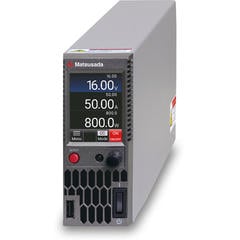Light Amplification by Stimulated Emission of Radiation (LASER) is a light source but different from conventional light sources. The light is very narrow, highly directional, and does not diverge. It is also coherent and identical in phase.
Some of the electrons in the pumping state spontaneously return to the ground state, releasing the difference in energy. The process is called spontaneous emission and generates the basis of light. It will collide with some of the pumping atoms, called stimulated emission. Laser transmitter consists of three elements: Laser medium, Pump source, and Amplifier.
There are three types of lasers: solid, gaseous, and liquid, depending on the phase of the laser medium. Solid-state lasers include YAG lasers, YVO4 lasers, and ytterbium lasers. Gaseous lasers include CO2, excimer, and argon lasers, and liquid lasers include the Dye laser.
Lasers are also categorized by the wavelength: Infrared lasers, Visible light lasers, Ultraviolet lasers, and X-ray lasers. Lasers are also used for position and horizontal indication with visible light and for marking and decoration with invisible light. In addition, the energy of lasers is used for cutting and welding, medical scalpels, and to vaporize or plasma materials.

- Related words:
-
- Oscillation
- Semiconductor
- Laser diode
- LD
- Fiber laser
- Pump
- Constant Current (CC) power supply
- Laser Diode (LD) driver
- CW
Recommended products
Matsusada Precision's programmable DC power supplies offer high power and advanced solutions for laser oscillation, pump, cooling, laser driver, etc.










